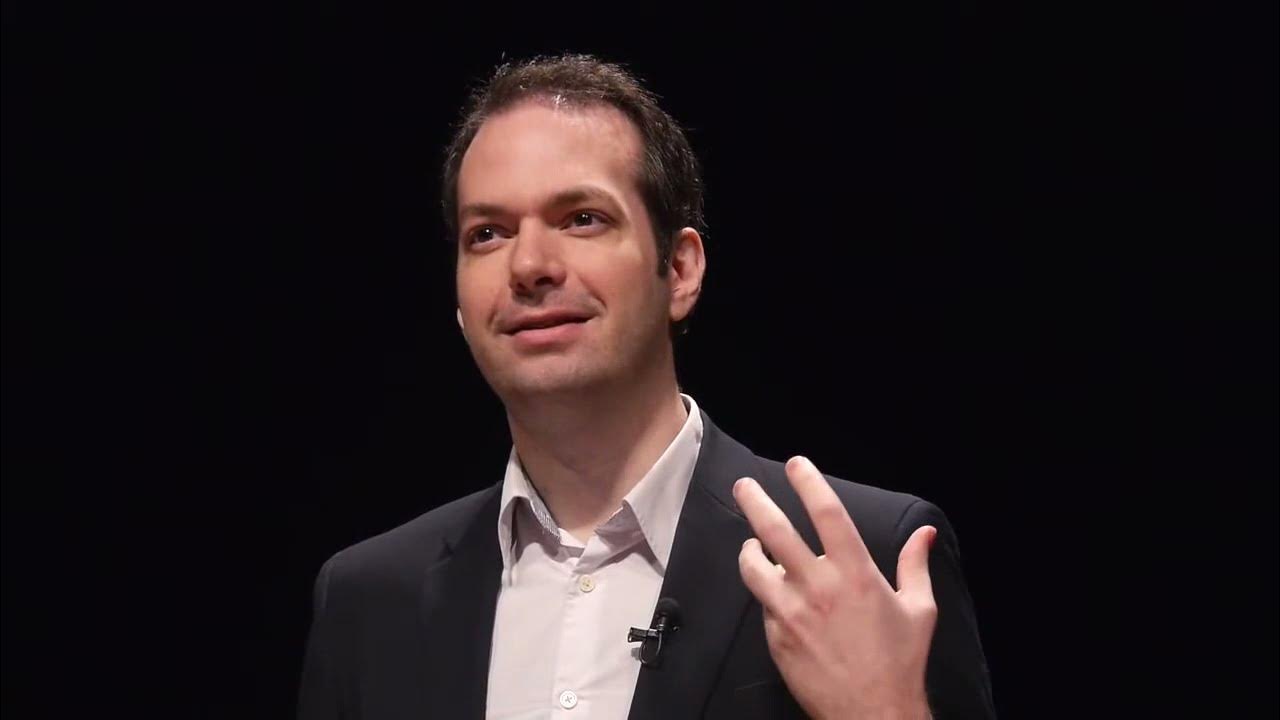07 01 a Forensik email tricks
Summary
TLDRThis video focuses on digital forensics, specifically email forensics and its real-world applications. It explains the importance of understanding how email systems can be manipulated, such as by filtering legitimate emails into spam folders or sending fake phishing emails. The video covers how forensics can help avoid these cyber threats, as well as techniques to identify fake emails and prevent attacks. It also highlights how easy it is to create a fake email using simple tools and explores methods to protect against such risks. The session aims to teach users how to secure their digital communication.
Takeaways
- 😀 Email forensics helps in distinguishing legitimate emails from spam, protecting users from potential threats.
- 😀 Phishing attacks are a major concern in email forensics, where attackers use fake emails to deceive users into clicking harmful links or downloading malware.
- 😀 Understanding email forensics allows users to recognize fake emails and avoid falling victim to scams and cyber attacks.
- 😀 Fake emails can be easily created using SMTP servers by manipulating the 'From' and 'To' fields, making them appear legitimate.
- 😀 By replying to fake emails, users can unintentionally engage with attackers, believing the email is from a trusted source.
- 😀 Email forensics is important because it helps in identifying if an email was actually sent by the person it claims to be from, preventing impersonation attacks.
- 😀 Experimenting with creating fake emails through simple online tools can help users understand how attackers use this method to deceive others.
- 😀 The key to preventing email-based attacks is to always verify the sender’s email address and be cautious with links or attachments.
- 😀 Raising awareness about email security practices is critical in reducing the risk of falling victim to phishing or other email-based threats.
- 😀 Digital forensics can also be applied to image forensics, another area of study, to detect image manipulation or fraud, broadening the scope of cybersecurity.
Q & A
What is the main focus of this video script?
-The main focus of the video script is about applying digital forensics to real-world scenarios, particularly focusing on email forensics and image forensics.
Why is email forensics important?
-Email forensics is important because it helps to identify legitimate emails and distinguish them from spam, phishing attempts, and other malicious emails, thus protecting users from cyberattacks.
What is a potential issue when legitimate emails end up in the spam folder?
-The issue is that users might miss important emails because the system automatically filters them as spam, even though they are legitimate. Email forensics helps to prevent this.
What is phishing, and how does it relate to email forensics?
-Phishing is a form of cyberattack where attackers send fake emails with malicious links or attachments to deceive the recipient into compromising their system. Email forensics helps to identify and avoid such phishing attacks.
How can fake emails be created, and what impact can they have?
-Fake emails can be created using tools like SMTP servers, which allow attackers to send emails that appear to come from legitimate sources. This can deceive people into replying to the fake email or opening malicious attachments, leading to potential cyberattacks.
What is SMTP, and how does it work in the context of fake email creation?
-SMTP (Simple Mail Transfer Protocol) is an email protocol used to send emails. It can be configured locally, using tools like Telnet, to send fake emails that appear to come from trusted sources, which can be used for malicious purposes like phishing.
What does the script mention about the potential dangers of opening suspicious email attachments?
-The script mentions that opening suspicious email attachments can infect your system, which is a significant risk in phishing attacks. The aim of email forensics is to prevent such actions by identifying fraudulent emails.
What steps can be taken to prevent falling victim to fake email attacks?
-By studying email forensics, individuals can better identify fraudulent emails, avoid responding to them, and protect their systems from cyberattacks. This includes being cautious with links and attachments in unsolicited emails.
Can fake emails be sent without setting up an SMTP server? If so, how?
-Yes, fake emails can be sent without setting up an SMTP server. The script mentions two domains where users can access services that allow the creation and sending of fake emails using only a web browser and email provider.
How does the script describe the role of forensics in image analysis?
-While the script doesn't go into detail about image forensics, it mentions that forensics can be applied to images as well, helping to identify faked images and prevent the spread of misleading or harmful visual content.
Outlines

This section is available to paid users only. Please upgrade to access this part.
Upgrade NowMindmap

This section is available to paid users only. Please upgrade to access this part.
Upgrade NowKeywords

This section is available to paid users only. Please upgrade to access this part.
Upgrade NowHighlights

This section is available to paid users only. Please upgrade to access this part.
Upgrade NowTranscripts

This section is available to paid users only. Please upgrade to access this part.
Upgrade NowBrowse More Related Video
5.0 / 5 (0 votes)





